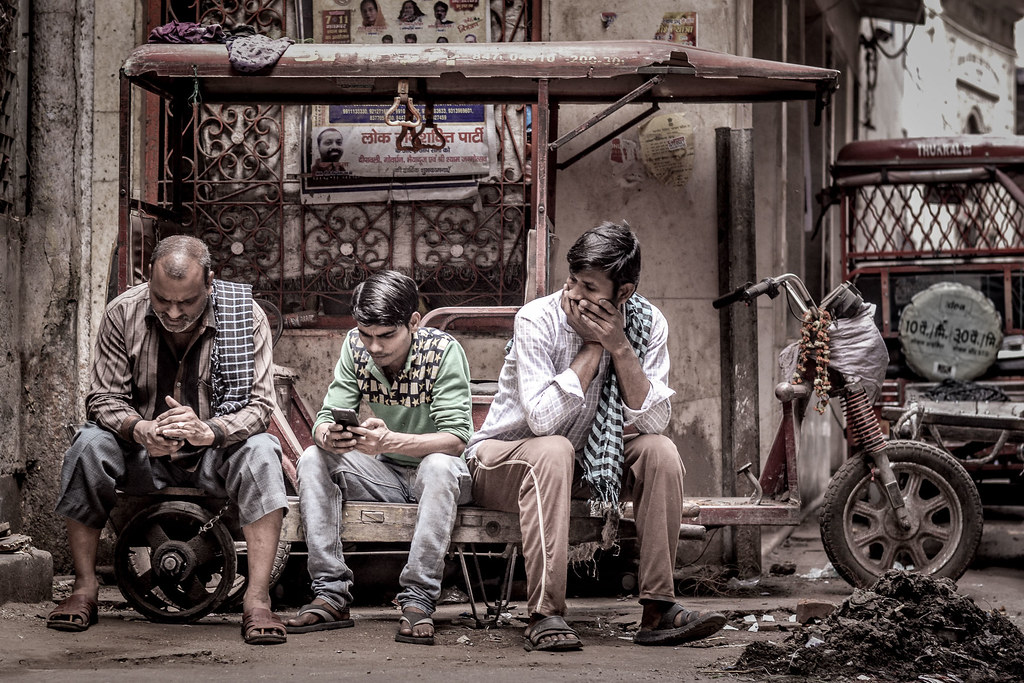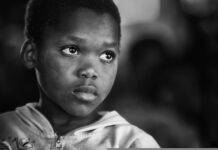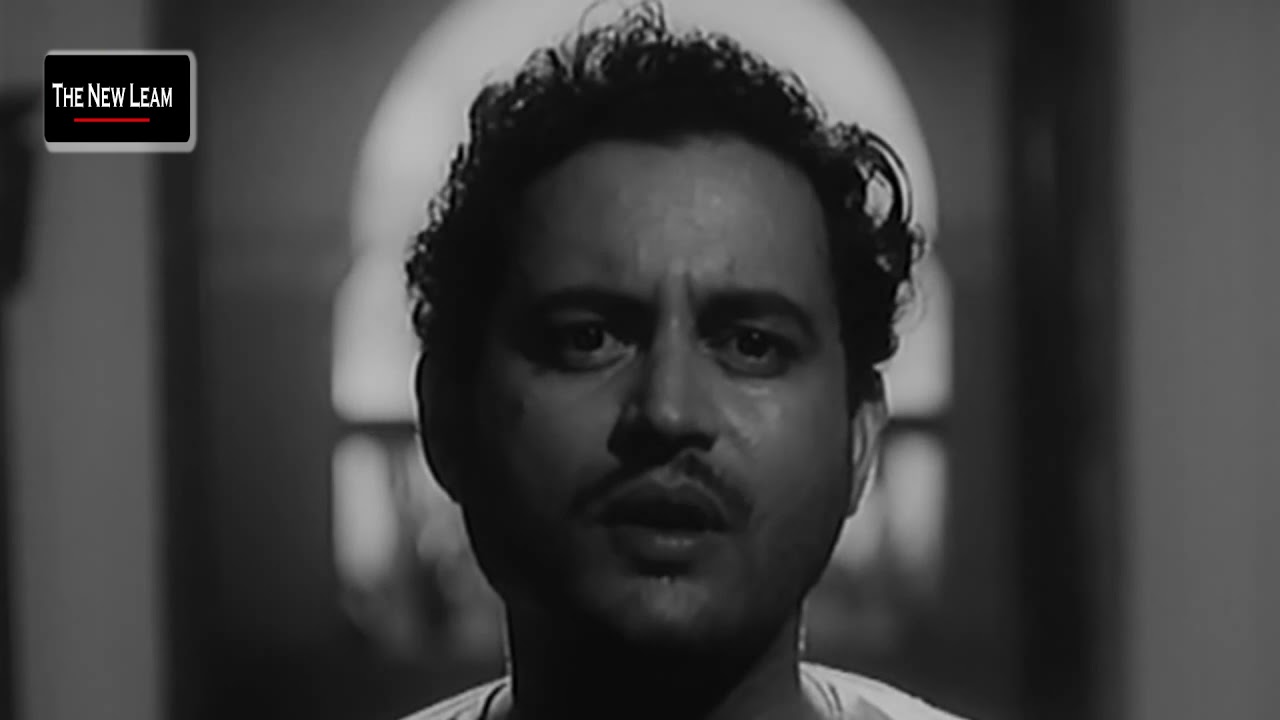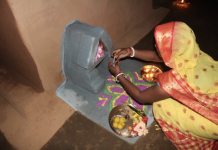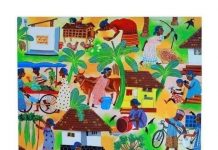Race, racial features and racism are considered synonymously in popular parlance but it acquires significant differences when used in social sciences. In this article an attempt is made to bring forth a fact which many of us might have been aware of but have always denied. How do we know people even before talking to them? How do we construct prejudices? By their language? By their way of dressing? By their looks? We construct a common idea or skeleton considering the behaviour of a particular community or ethnic group. No matter how hard we try we cannot disassociate some features that we have commonly attributed to that group.
This generalised sketch about every other community or ethnic group is drawn upon to discriminate and humiliate ‘the other’. This group, most of the time happens to be of different ethnic, linguistic or cultural identity. Popularly these issues of race and ethnicity are couched in the language of biological constitution or physical differences. Social scientists differentiate between the terms such as ethnic group, race and nationality. Yet all three categories are considered as socially constructed.
We think a Punjabi will behave in a certain way given a certain situation and a Bihari would behave in certainly a different way in comparison, similarly we will attribute some other behaviour for other ethnic groups like Rajasthani, Gujarati, Bengali, Malayali, Nepali, Assamese, Manipuri, Odiya and the list never ends. Now the ‘other’ that we mentioned is not concrete, rather its flexible and would adjust itself according to the need. If you are outside the country then you are the ‘other’ for your ‘other’, if you are a Hindu then a Muslim or a Christian become the “other’, if you are an Assamese then a Bihari will become the ‘other’, if a Brahmin then a Dalit will become the other and finally if a male then other gender is the other. The process of othering is truly a never ending tale, it results in politically constituted ideologies like racism, casteism, regionalism, classism, and communalism.
Let’s recall, are we all not guilty of marking people based on their ethnic symbols or expressions or race in our daily lives? Aren’t we? We all have judged people in terms of their physical appearances or ethnic belongings.Interestingly this also provides a ground on how we choose our immediate social relationship, our friends, our life partner and even our neighbours. How many of us are not guilty of selecting our friends from the same ethnic background that we come from.
Prejudices in Popular Culture
This process of othering is quite visible in our daily consumed media simulations such as those on the television, internet, movies, serials and soap operas, advertisement and of course the latest trend of web series. Mainstream media has long influenced the social construction of identity. The ubiquity of the ethnic identity in India cannot be overstated. Neither can the importance of these mainstream media be discounted in the cultural spectrum of the country. Many have related it to the politics of representation. A Punjabi character is either a ‘brave warrior’ or an ‘uncouth rustic’ with colorful pagri and a whisky glass in hand. A Nepali is never promoted over the job of watchman and the popular association of the term ‘bahadur’ with every Nepali. A “Mallu’’ is never separated from his lungi, rather the whole ‘South – Indian’ character’s manifestation is never complete without oily hair, “aiyyaiyo- shouting”, and a vibhuti mark on the forehead, a Rajasthani is identified with a pagri, a camel and ghagra and yes if there is a role of a criminal or poor person, then no one can better suit the role than a Bihari. Similarly the Bengali men’s ‘masculinity’ is always a subject of hot discussion among the ‘non-BSengalis’. There is a least doubt that these depictions influence our image for the ‘other’ and triggers outrage if it hurts the feelings of ‘our own community’ sentiments. The central question that needs to be examined is whether we can leave our identity aside, speak to others and treat our own selves as universal beings and can we raise our voice for everyone irrespective of their ethnic associations?
In the past few weeks, the newly released web series called Patal Lok (2020) has triggered questions around stereotypes, prejudices and biased depiction of community and gender. Patal Lok, a gripping one of a kind series on Amazon Prime Video is a thriller story depicting the predicament of an investigating officer as the team tries to unveil high profile criminalities and how the protagonist moves from patalok (the underworld) to swarglok (heaven) to figure out the mysteries of the criminal conspiracy.
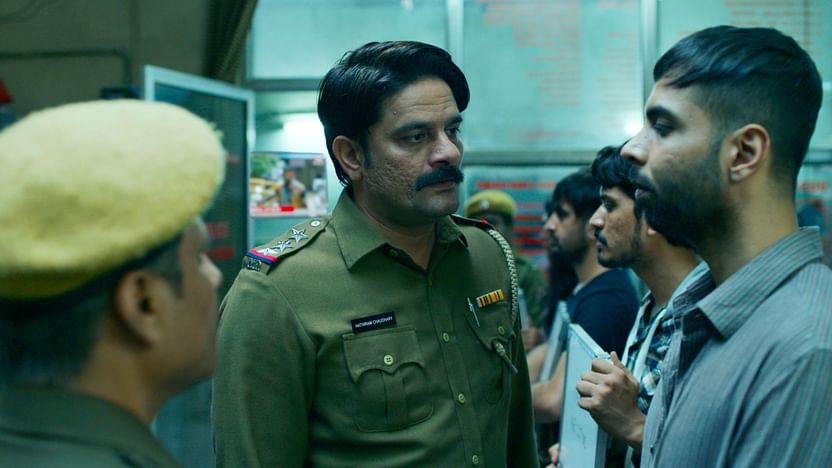
Patal Lok is unique for its realistic features, and complex characters. It sparked a controversy after it was alleged that it had hurt the sentiments of a particular ethnic community. The Nepali ethnic group repeatedly deals with racist atrocities and in Patal Lok the racial reference of ‘Nepali Randi’ (Nepali whore) has caused distress among them as a racially abusive remark. This has created an uproar for online petitions and posts that stand critical of the producer for the use of derogatory terms for a particular community. This incident takes place in the second episode when a transgender with a ‘mongoloid’ feature is misunderstood as a female and a prostitute by a female investigating officer from a ‘mainstream location’.
The same series can be blamed again for inciting caste hatred and hurting the sentiments of the Gujjar community, as one of the top political figures and conspirators is shown to be a member of this community. A ruling party leader accused the series to defame the name of Gujjars and highlighting them as criminals. A spade of events have already happened in the past which show how certain depictions in popular movies and films ‘hurt’ sentiments of certain ethnic groups and communities. For example, in the movie Padmavat released in 2018, was also much debated on news channels for months. Rajput caste organization had alleged that the director of the movie had wrongly included an intimate scene between Allaudin Khilji (the Muslim king) and queen Padmavati. They threatened to pull down the movie unless this scene was removed.In a similar incident, rightwing groups like the Sri Rajput Karni Sena opposed Manikarnika as it showed Queen Rani Laxmi Bai dancing to a special number.
Racism and Prejudice as Social Process
India is a land of diverse social and cultural practices. Each state in India has its own clothes, customs, language, climate and food thus fostering the sense of distinctiveness. Numerous cases of racist attitudes and discriminations are reported on a daily basis. Even before the lockdown began, racist slurs were used against the people from the north-easterners states of India. During 1960-70s, Tamilians were stigmatized by Maharashtrian leaders, for taking away their jobs, later their target changed and Muslims became the new ‘others’ to be discriminated and chased. In the last decade people from UP and Bihar were threatened by same regional chauvinists and their shops were shut down since they had Hindi signboards. Biharis are frequently targeted in Assam by ULFA groups. Similar violent confrontations took place against the migrant labourers in Manipur, in Rajasthan against students from Bihar and the story is never ending. Some derogatory remarks were also passed by some popular leader such as “Ek Bihari, Sau Bimari. Do Bihari Ladai ki taiyari, Teen Bihari train hamari and paanch Bihari to sarkar hamaari”.
These violent incidents resulted in outrage in Bihar and Jharkhand against the Marathis. Their present situation in the Covid-19 led pandemic speaks volumes about the ethnic and class othering of migrant labourers from UP and Bihar. Waves of xenophobic violence have been inflicted not only on Biharis but also ethnic groups such as Bangladeshis, Bengalis, Biharis and Marwaris across Assam repeatedly. The recent NRC raised the issue of who is a (regional, ethnic) insider and who’s not. The tag of ‘illegal immigrants’ describes the amount of otherness inscribed in public psyche. They are often alleged of spoiling the atmosphere and are feared to dominate and obliterate the regional language and culture. If this cannot be an example of ethnocentrism and prejudice then what else will be? But the bigger question that lies here is whether racism can only be dealt with racism?
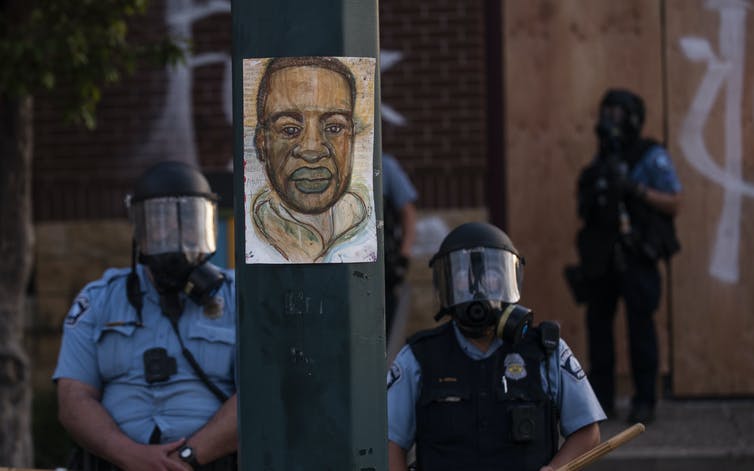
Stephen Maturen/Getty Images via The Conversation
Dark skinned people are most often discriminated. Black foreigners in India have had to repeatedly face violence and the recent liberal twitter campaigns in support of ‘black live matter’ smacks of merely empty rhetoric. Goa is facing a major drug problem mainly due to Europeans and Russians, but why don’t we discriminate against them? Is it because they donate to some NGOs or is it simply a white privilege? Although being white sometimes comes with a cost with the prejudices like white women are considered ‘easy/loose’ which make them feel unsafe in India.
Aren’t We All Guilty of Racism and Prejudice?
How many of you get excited about a white foreigner extending a hand for friendship with you and simply avoid a black person? In school, colleges and even in most famous universities, mostly people from the same background flock together, regionalism being the most important drag.If not actively, we certainly practice racism in subtle ways, which we ourselves may have never problematised.
While we shout to protect the integrity of our community and remain silent when our neighbour experiences ethnic othering, does our empty rhetoric not fall shallow?. Ethnocentrism and Racism, both are sides of the same coin and equally condemnable. In the 21st century, we cannot deny our prejudices for the ‘other’. Almost every community has certain degree of differences with some other community. Sometimes we know about the prejudices against us and sometimes we die without their knowledge, in any case it exists. Over familiarity to our ascribed status at times becomes the cause of conflict and quarrel and in some case s people even die defending and protecting something which is as absurd as community pride. Degrees may vary but it is universal and its pervasiveness is uncertain. The stress and emphasis of our lives shall be on a universal citizenship beyond the confines of caste, class, race, religion or ethnic affiliations, only then can we enjoy a world of equality and non discrimination.
Rukmani Sharma is Assistant Professor at the Department of Sociology, Ghoshpukur College, NBU, Siliguri, West Bengal.

